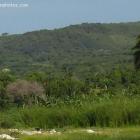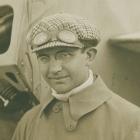ADVERTISEMENT
city
Douane - Cap-Haitien - 1928
Here is a picture of Cap-Haitian in 1928.
Cap Haitian, formerly known by other names such as, Cap Francais and Cap Christophe was given its present name after the Haitian fight for independence from the French. When the country was renamed Haiti, from the Arawak word that meant 'mountainous land', a sentiment Columbus himself had observed when he first landed, calling the land 'very high', the tribute extended to Cap-Haitian, witness to many of the decisive moves that served to win the slaves their freedom and independence.
The city of Cap-Haitian in 1881
Cap Haitian's introduction to history was in December of 1492, when, upon arriving on Haiti's north coast, Christopher Columbus and his flagship, the Santa Maria, collided with the coral reef. The damage to the vessel was extensive enough to sink the legendary ship, and its remains are said to still lie beneath the sea today in nearby Limonade Pass. Columbus and his fellow travelers would create a settlement in Cap Haitian before moving on to Santo Domingo in the present-day Dominican Republic.
Cap-Haitien - Lighthouse in 1910
Picture of Lighthouse on the coast of Cap-Haitian in 1910.
Cap Haitian's claim to fame include the 1791 Vodou ceremony in which Boukman, a slave leader, called on the vodou spirits and incited a fervor for revolution. It was also in the north where Jean-Jacques Dessalines led the final battle of the revolution. After Dessalines' two year rule as Emperor, he was killed and the country split into two factions with the north being ruled by King Henri Christophe. He would go on to rename the city in its present moniker, build the Citadelle and the Palais Sans Souci.
Cap-Haitian in 1853
A picture of the historic city of Cap-Haitian in 1853
Not far from this historic city of Cap-Haitian, you have La Citadelle, an imposing mountaintop fortress that was constructed during the division of the North and South of Haiti in the early 1800's. Le Cap's ruler, King Henry Christophe saw the Northern territory through prosperous years, commissioning the build of the Citadelle, which stands today as formidable as when the fortification was first built to counter any possible re-invasions by the French. Christophe's suicide by golden bullet, after fears of an assassination attempt when he'd been weakened by a stroke, threw the Northern Kingdom back into the Haitian fold.
The great Cap-Haitian of 1793
Here is a picture of the great fire in Cap-Haitian in 1793.
The first colony to be established in the Americas was in 1492 by Christopher Columbus. He landed near the city and was met by millions of Arawak and Taino Indians. The Spanish settlers caused widespread genocide of the indigenous Indians, but the place was soon repopulated by African slaves. The African introduction gave way to the Haitian revolution, and the accepted starting point, a ceremony of Vodou spiritualism was performed in the area. This, and other pivotal happenings in and around Cap Haitian, led it to be considered as the birthplace of the revolution.
Cap-Haitian a National Heritage Site
Situated on the northern coastline of Haiti, Cap-Haitian is abutted by the Atlantic Ocean on the eastern side, with the Cap-Haitian mountain ranges looking down on it.
Imperialist France made Cap-Haitien one of its territories in 1711, naming it Cap-Francis. France lost the territory in 1804 when Toussaint Louverture defeated its troops.
Today Cap-Haitian, having survived many catastrophic events since it was settled, has been given the honor of being named a National Heritage site.
Cap-Haitien Nearly Burned to the Ground
Cap-Haitien was established in 1670 in the Taino town, Guarico. The French colonialists turned it into a territory and called it Cap-Francis in 1711.
The slave revolt in 1791 led to Haitian General Christophe to torch the city instead of surrendering it to the French.
Re-named Cap-Haitien in 1804, the year of Haiti's liberation, it has held up under many natural disasters, becoming in 1995 a National Heritage site. The city today still contains magnificent colonial-period architecture and monuments.
Historical Beauty Cap-Haitian
The second largest city, next to Port-au-Prince in population, Cap-Haitian is famous for its French-Colonial style buildings.
The French occupied Saint Domingue Island (as Haiti was called then), of which Cap-Francis was its capital.
Haiti won its independence from France in 1804, re-naming Cap-Francis Cap-Haitian. Although Cap-Haitian suffered many natural disasters over 300 years, it is a city that has never lost its colonial beauty. In 1995, the city became known as a National Heritage site.
Navassa Island (La Navase) Nature Refuge
Located approximately 30 miles off Haiti's peninsula westward sits La Navase Island. Christopher Columbus discovered, calling it La Navase. It is an uninhabitable island, once used for guano mining.
Mining operations ceased in 1898. In 1914, a light house erected there provided guidance for lost mariners.
Post-World War II, the island was abandoned again. By the late 90s the Fish and Wildlife Service acquired a deed to the land. It remains off limits to visitors, used only as a wildlife refuge.
La Navase Island Nature Reserve
Sitting off the Haitian peninsula, 30 miles due west, is La Navase Island. Made of inhospitable rocky terrain, it eventually became a guano mining operation in the mid-1800s.
Guano mining stopped in 1898. The abandoned island remained so until 1914 because of a light house constructed there.
Following World War II, La Navase stood bereft of life again. By 1999, the U.S.Department of the Interior sold the island to Fish and Wildlife Service to be used as a nature reserve.

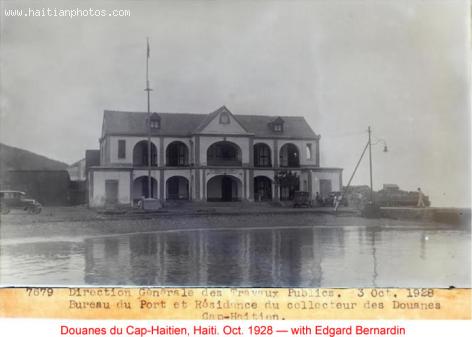
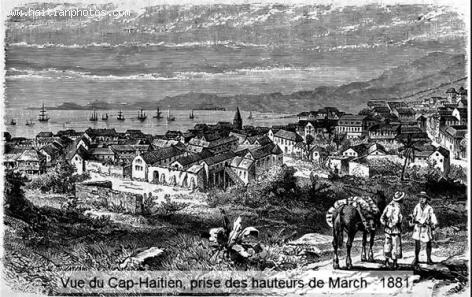
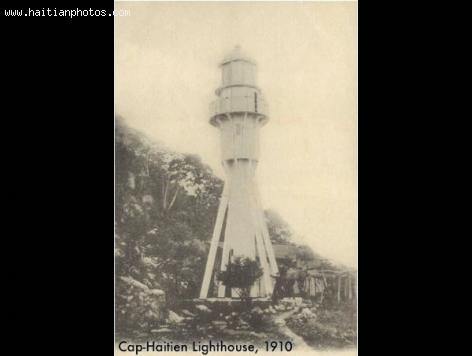
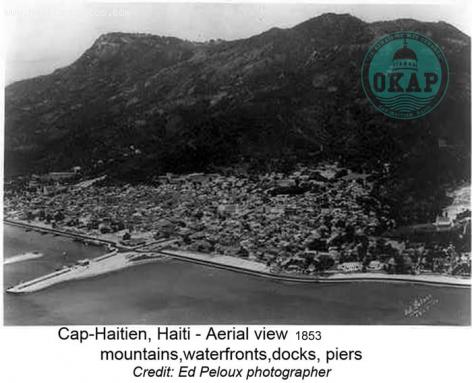
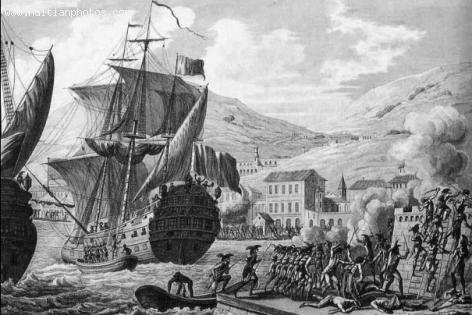
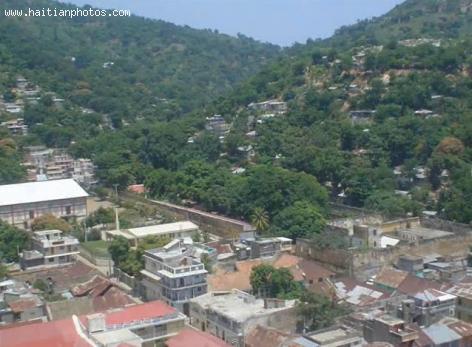
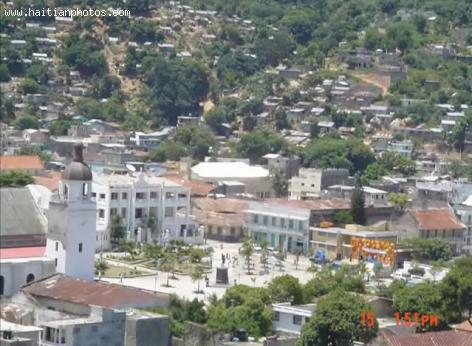
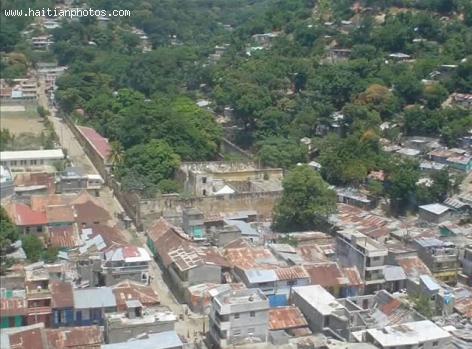
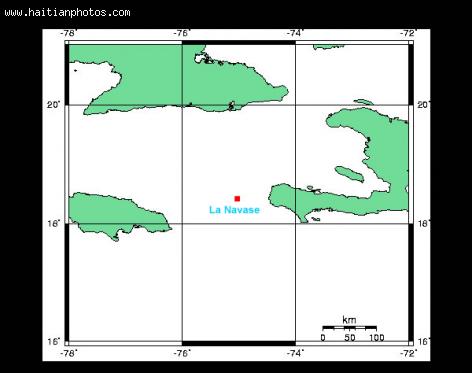
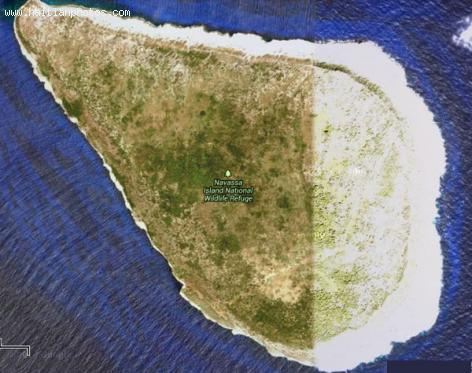
 Gas Station In Haiti
Gas Station In Haiti  Inauguration Lycée Jean-Louis Dulciné in Gris-Gris, Haiti
Inauguration Lycée Jean-Louis Dulciné in Gris-Gris, Haiti 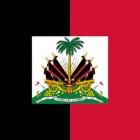 Haitian Flag Under Francois Duvalier changed in 1964 to black...
Haitian Flag Under Francois Duvalier changed in 1964 to black...  Delimart Plaza, Delmas 32, Port-au-Prince, Haiti being looted
Delimart Plaza, Delmas 32, Port-au-Prince, Haiti being looted  Jean Henry Céant deposited documents in Parliament for...
Jean Henry Céant deposited documents in Parliament for... 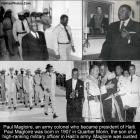 Paul Eugène Magloire, born in Quartier Morin
Paul Eugène Magloire, born in Quartier Morin  Commissioner Frantz Pierre indicted for accepting bribes
Commissioner Frantz Pierre indicted for accepting bribes 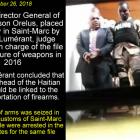 Former PNH Chief, Godson Orelus, arrested for illegal arm...
Former PNH Chief, Godson Orelus, arrested for illegal arm... 
